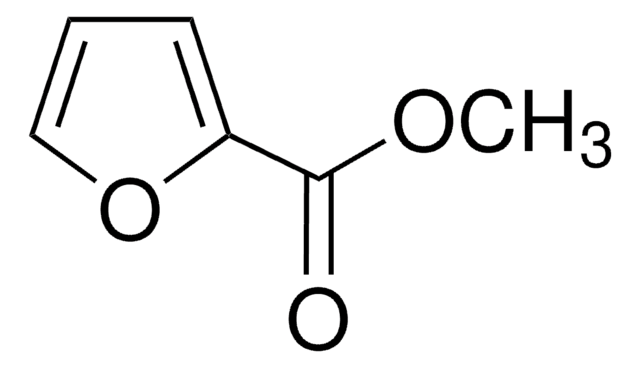W352306
Pyrrolidine
≥99%
Synonym(s):
Tetrahydropyrrole, Tetramethyleneimine
About This Item
Recommended Products
biological source
synthetic
Quality Level
grade
Kosher
vapor density
2.45 (vs air)
vapor pressure
128 mmHg ( 39 °C)
49 mmHg ( 20 °C)
Assay
≥99%
autoignition temp.
653 °F
expl. lim.
10.6 %
refractive index
n20/D 1.443 (lit.)
density
0.852 g/mL at 25 °C (lit.)
application(s)
flavors and fragrances
Documentation
see Safety & Documentation for available documents
food allergen
no known allergens, no known allergens
Organoleptic
fishy
SMILES string
C1CCNC1
InChI
1S/C4H9N/c1-2-4-5-3-1/h5H,1-4H2
InChI key
RWRDLPDLKQPQOW-UHFFFAOYSA-N
Looking for similar products? Visit Product Comparison Guide
Other Notes
Subscribe to our Newsletter to keep up to date on our latest Flavors and Fragrances offerings.
replaced by
Signal Word
Danger
Hazard Statements
Precautionary Statements
Hazard Classifications
Acute Tox. 4 Inhalation - Acute Tox. 4 Oral - Eye Dam. 1 - Flam. Liq. 2 - Skin Corr. 1A
Storage Class Code
3 - Flammable liquids
WGK
WGK 1
Flash Point(F)
37.4 °F - closed cup
Flash Point(C)
3 °C - closed cup
Personal Protective Equipment
Choose from one of the most recent versions:
Already Own This Product?
Find documentation for the products that you have recently purchased in the Document Library.
Our team of scientists has experience in all areas of research including Life Science, Material Science, Chemical Synthesis, Chromatography, Analytical and many others.
Contact Technical Service









